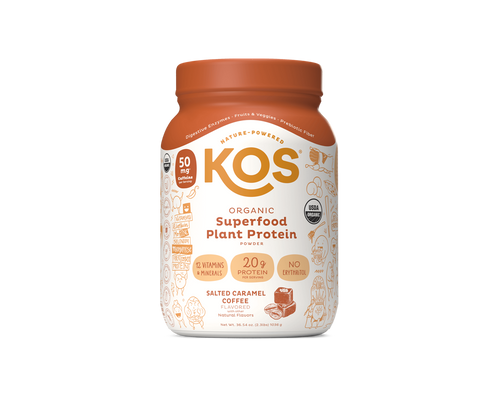Table of Contents
![]()
One image that doesn’t often come to mind is that of a husky vegan pushing away from a plate of broccoli. “Hoo boy! I couldn’t eat another bite!” That full feeling is called satiety—rhymes with “society”—and is not often associated with bingeing on snap peas and carrots.
But plants are indeed where natural and extremely effective hunger suppression lives. Yeah, the news is good! There are ways to achieve that useful feeling of fullness without wolfing down a pastrami sandwich and two sides of potato salad.
High Satiety: the Tummy-Filling Virtues of Plant Fiber and Natural Chemisty
Fullness – excuse me, SATIETY — is of course uber-helpful when one is trying like heck to manage caloric intake. However you get there, satiety—by definition— stops your eating. (The word derives from the medieval French word for “enough!”. But without the exclamation point).

We feel full, we stop eating.
This is not rocket science. Also ... is “rocket science” even an actual branch of science? But we digress.
A very general misunderstanding about plant-based noshing is that you can’t really feel satisfied on veggies.
Glazed donuts, prime rib smeared with butter, stacked pancakes glued together with bargain syrup; these are some of the culprits that stuff us to the gills and make us swear off food for at least 20 minutes.
But vegetables? You can’t fill up on vegetables! Haw haw! What an idea! Haw haw haw! (etc)
Eating Plants Fills You Up
Au contraire, hungry folk. Eating plants fills you up, chemically and actually, and with stuff your engine burns like premium gasoline. Plant matter comes naturally packaged with the ability to “sate” you like nobody’s business.
How? You can thank the Plant Kingdom’s natural hunger suppressant; a little cellular miracle called the Thylakoid.

If you look deeply into the individual cell of a green plant (warning: this is impossible with the naked eye and the attempt may give you a light headache and draw worried glances from passerby), you will see tiny organelles in there; the complicated—and incredibly miniscule—guts of the plant cell itself.
One of these organelles inside a plant cell—the chloroplast—is the wondrous little machine that turns sunlight into chemical food; the alchemy through which the sun’s energy is captured by our ecosystem. Yeah, we owe the chloroplast everything.
The chloroplast essentially turns sunlight into something animals can chew; no small trick.
This complex chemical miracle has played a central role in the rise of animal life on Earth.

As if that isn’t enough, the chloroplast houses a busy little gang of thylakoids. What do they do?
The thylakoids in those chloroplasts (try to keep up here; the syllables just get worse) increase a hormone called cholecystokinin1, which is secreted into the small intestine — the very beginning of the small intestine—the somewhat repulsive-looking duodenum, to be exact.
Highlighted here in all its embarrassed glory, the duodenum pumps digestive enzymes throughout the intestinal tunnel-works to shut down hunger.
So - the chloroplast allows us to literally chew on the sun and metabolize its energy.
Think about that. And once the plant matter gets inside us it dulls our hunger through the thylakoids' expression of cholecystokinin, providing a feeling of fullness that is not always aligned with how much we've eaten.
Physiologically, you actually need to stop eating in order for the body to do its best work assimilating the fats and proteins you've already taken in (hopefully with the proper fork). Plants, in their cellular wisdom, slow the show down.
Thylakoids and Plant Fiber: a Caloric Dream Team
Veggies are of course jammed with thylakoids, and dining on greens triggers the automatic hormonal message “Stop Eating”. The cellulose in the walls of plant cells also makes a boldly fibrous contribution to the feeling of fullness, making the stomach work harder and taking the edge off your cravings for a Next Bite.

Cellulose is sufficiently tough for the stomach to digest, animals called ruminants (cows, goats, deer, giraffes etc.) have multiple stomachs, just so they can go several rounds with the grass they've eaten. Several stomachs helps squeeze every metabolic gift the ingested plant has to offer.
These creatures even periodically regurgitate the digested plant matter just to give it another chew; hence the cow constantly gnawing its cud. Don't pretend you haven't occasionally attempted this party trick -- deliberately or otherwise.
So, you combine all that cellulose and the hormonal mojo of thylakoids, and you have a recipe for more sensible eating. How does the thylakoid work? And why does “The Thylakoid” sound like the name of a conquering race of warlike aliens from beyond the stars (or is that just me?)...
Plant Fiber and Thylakoids Prevent Overeating — from Tossed Salad to Smoothie
Thylakoids are tiny, tiny chambers inside the already tiny chloroplast, which is itself (remember?) a little organelle within each plant cell. So, we’re talking about a lot of tininess here.

The thylakoids are stacked in the chloroplasts like records on an old turntable, and are central to photosynthesis, which—as we learn in grade school—is the process by which plants turn sunlight energy into storable food.
That actual process is a matter of extremely subtle and mind-bending chemical weirdness – a subject for another day. Life is, after all, a bottomless well of interactive chemistry strongly affected by environment and the foods we eat.

Overarching much of this complex biological engineering is the plain fact that makes all this info at least mildly interesting -- we do not want to gorge ourselves every time we sit down to eat.
So that we know when to stop eating, chemical signals send messaging out when the stomach is full – or believes it is. This is chemistry that seems to anticipate our delight in snacking and gets to work tricking us into pausing the pie hole.

Thylakoids catalyze the excretion of the aforementioned hormone cholecystokinin, which triggers the release of still more cascading satiety-hormones.
At the same time, the cholecystokinin decreases the concentration of a hunger-causing hormone called ghrelin.
These hormonal effects combine to make you feel full even when your system isn’t necessarily full of food.
The curious effect of this gastric hormonal release party is reduced gastric emptying and decreased intestinal motility.
That is, thanks to these hormones spurred by thylakoids in plant cells, the food you’ve eaten moves more slowly through your main intestinal thoroughfare, offering yet another subtle sensory discouragement to keep eating.
Plants and Plant-Based Supplements are Your All-Natural Hunger Suppressant
It may be helpful to imagine that ingesting plant matter is like filling a freight elevator with tiny dieticians in smocks. When they reach the basement, they disembark and scatter with their little clipboards and set about managing your hunger with chemical and hormonal fundamentals.
Whether you are throwing plant-based protein powder into a blender or chomping on a crisp spear of romaine lettuce, thylakoids are working to keep you calorically balanced. Can a cupcake do this? That's a No.

Bottom line; plant matter triggers a feeling of fullness to keep you sated, so you feel less hunger and are not as inclined to raid the box of Twinkies® you’ve cleverly hidden behind that big showy bell jar full of dried apricots.
Become a Plant-Based Fiber Subscriber
While crafty food manufacturers busily try to infuse sugary junk food with synthetic “dietary fiber”, you can get the real thing from KOS Naturals AND from your local Farmer’s Market—in all the lovely colors with which nature daubs Earth’s richly varied Plant Kingdom.
So, yeah—Nature. Your hunger management program just ... pops up out of the dirt! Pretty much like every other bit of edible magic that comes to us from the natural world! How much better can it get?
Now, all together. “THANKS, THYLAKOIDS AND FIBER!” Let's try saying that three times fast.






